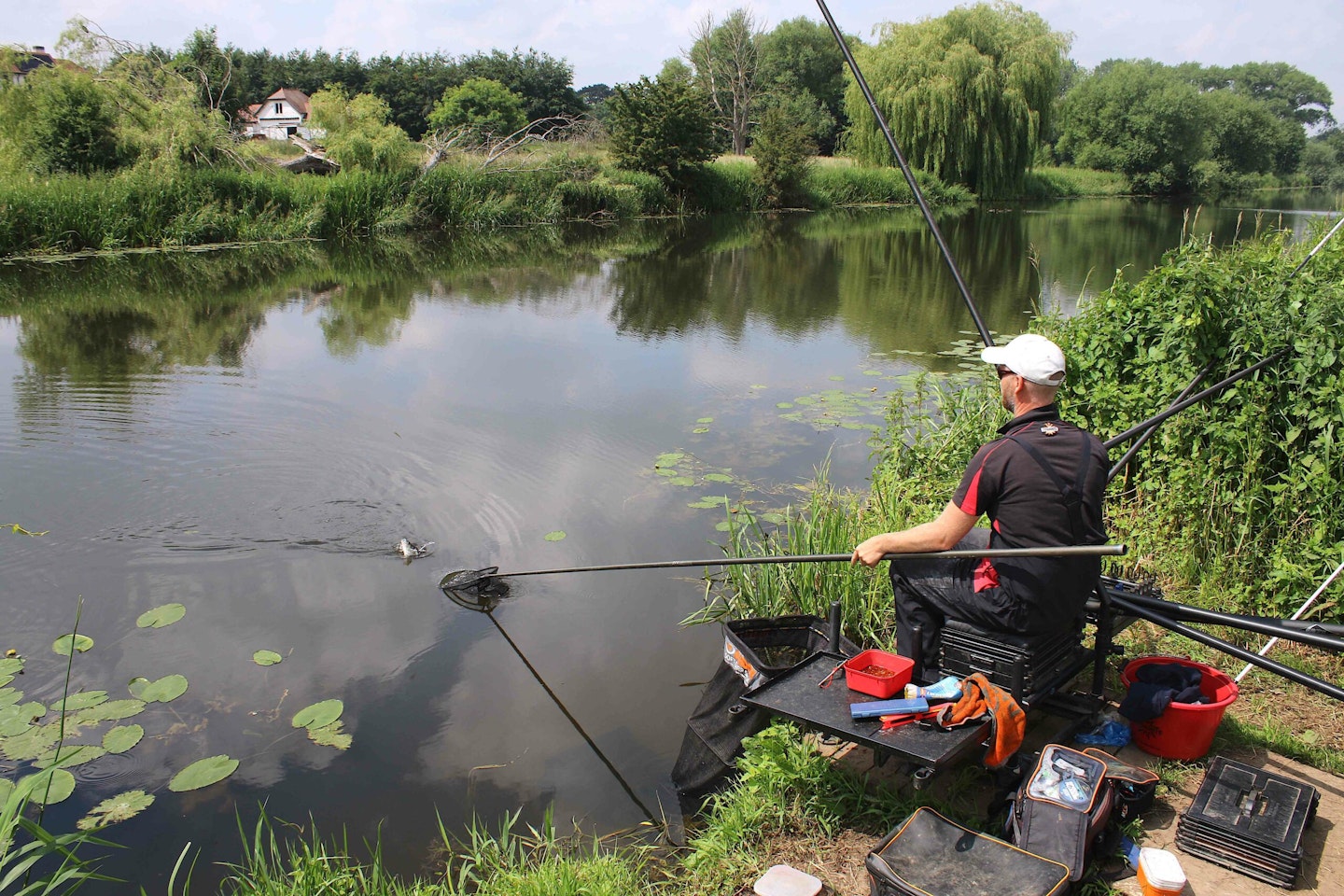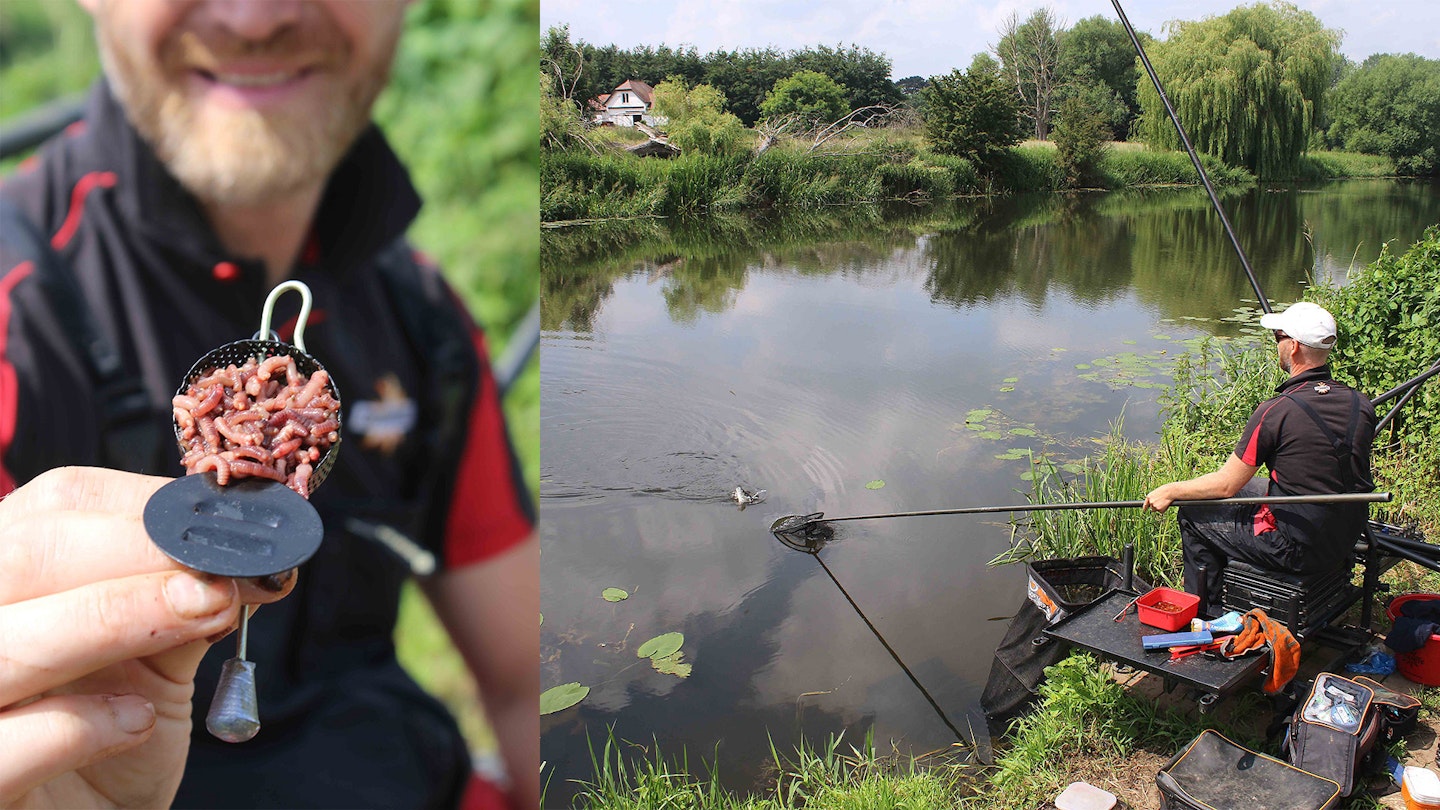Kick off the day on worms
Perch are greedy fish, and among the first specices to arrive in numbers, so to cash in on this I’ll begin a match by feeding with a couple of small bait droppers of roughly chopped dendrobaena worms. Feeding this way gives me a focal point to fish over. I’ll feed just worms – no casters – so I don’t confuse things. I want the fish to take my worm hookbaits, which is why I’ll feed the same as the feed and what’s on the hook.
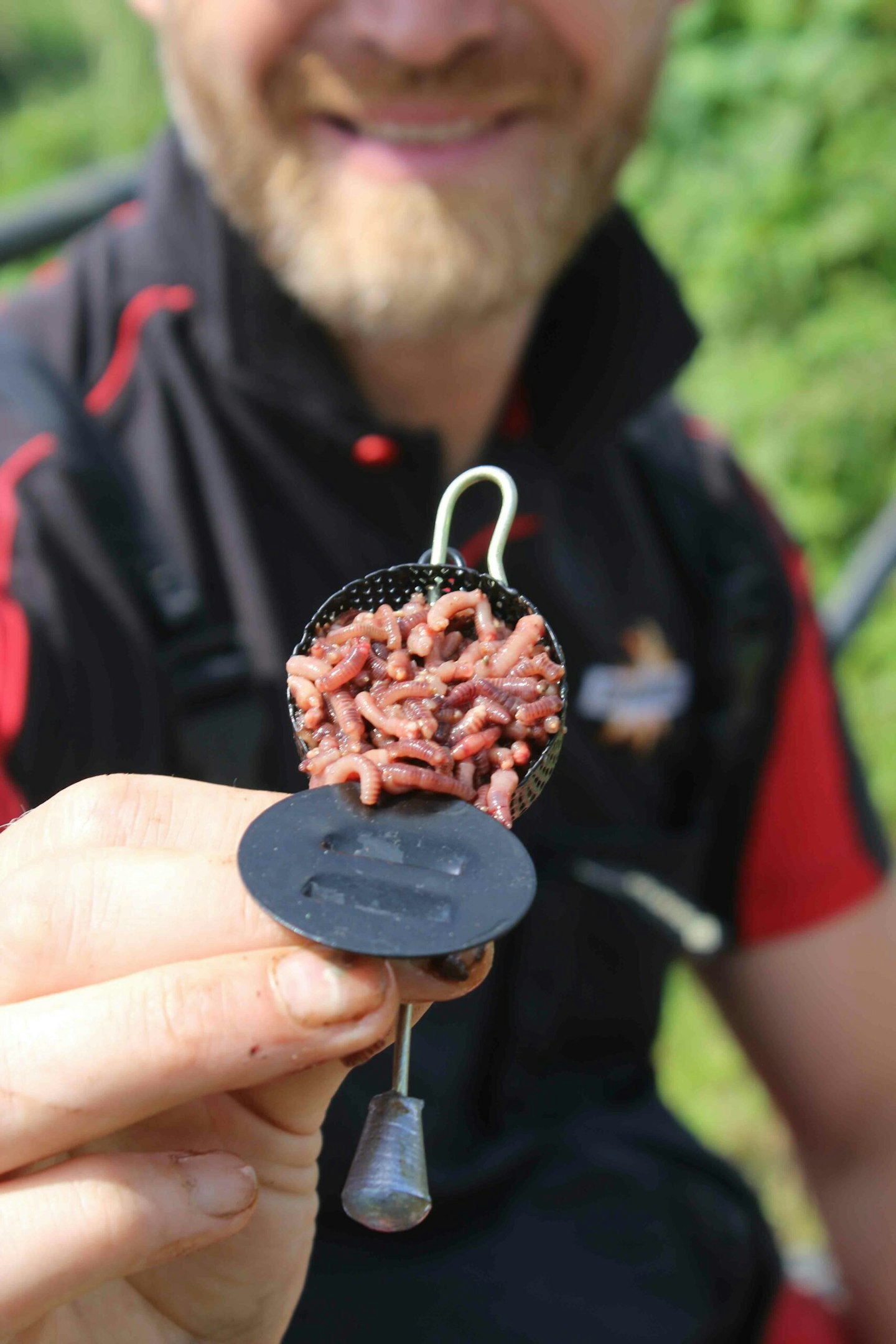
Fish worm halves
A lobworm tail or a whole dendra may seem the best bait, but I find these to be a bit too selective where perch are
concerned. Instead, my top hookbait is two halves of dendra – which are much easier for a perch to engulf than a bigger bait – fished on a size 14 hook.
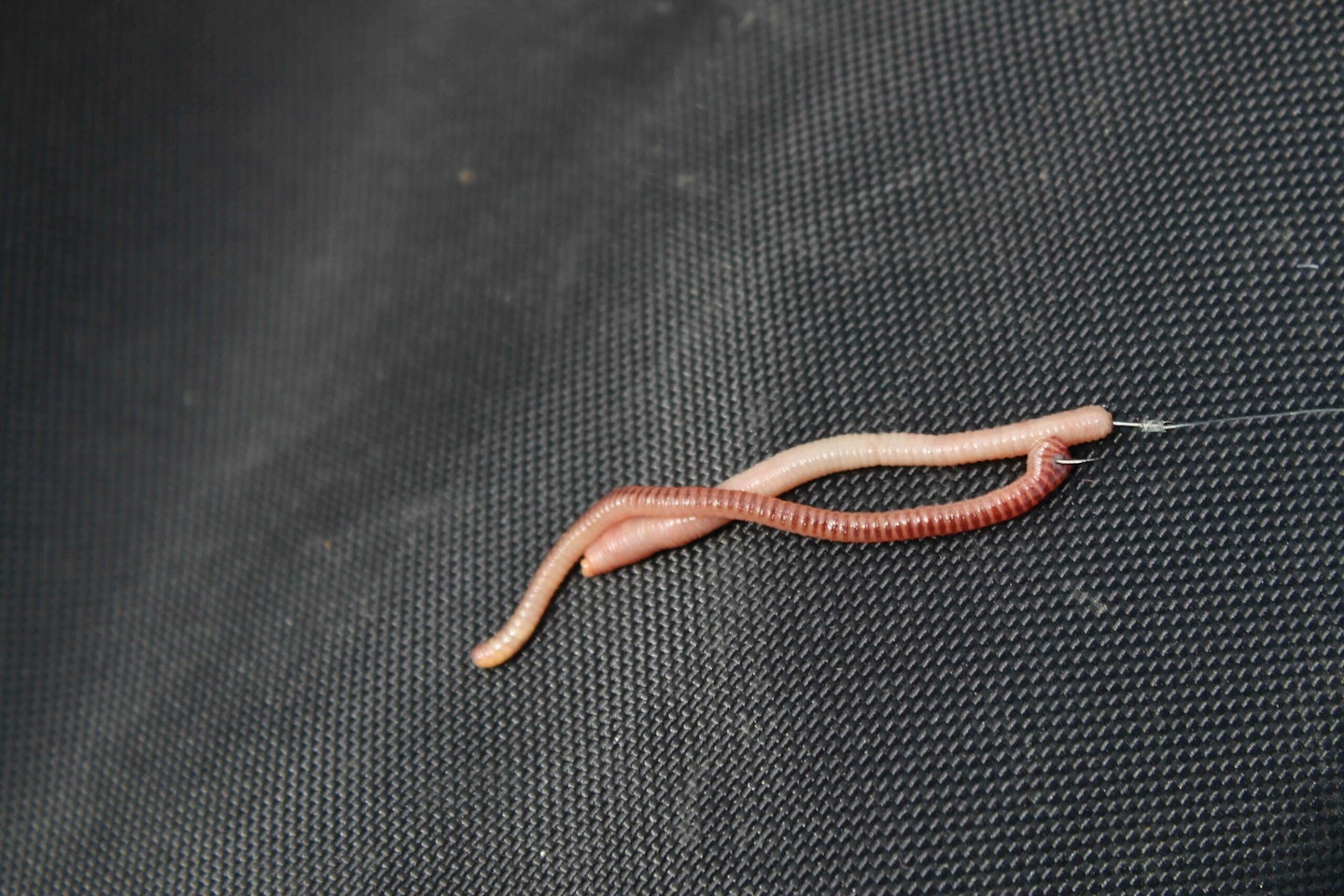
Change floats
To begin with, I’ll use a 1.5g float to hold the bait still over the worm feed, but once the bites stop, I’ll change over to a lighter 0.8g rig that’s got a more refined shotting pattern. This switch of rigs then allows me to catch through the water and further down the peg, as I’ll begin to loosefeed casters at this point.
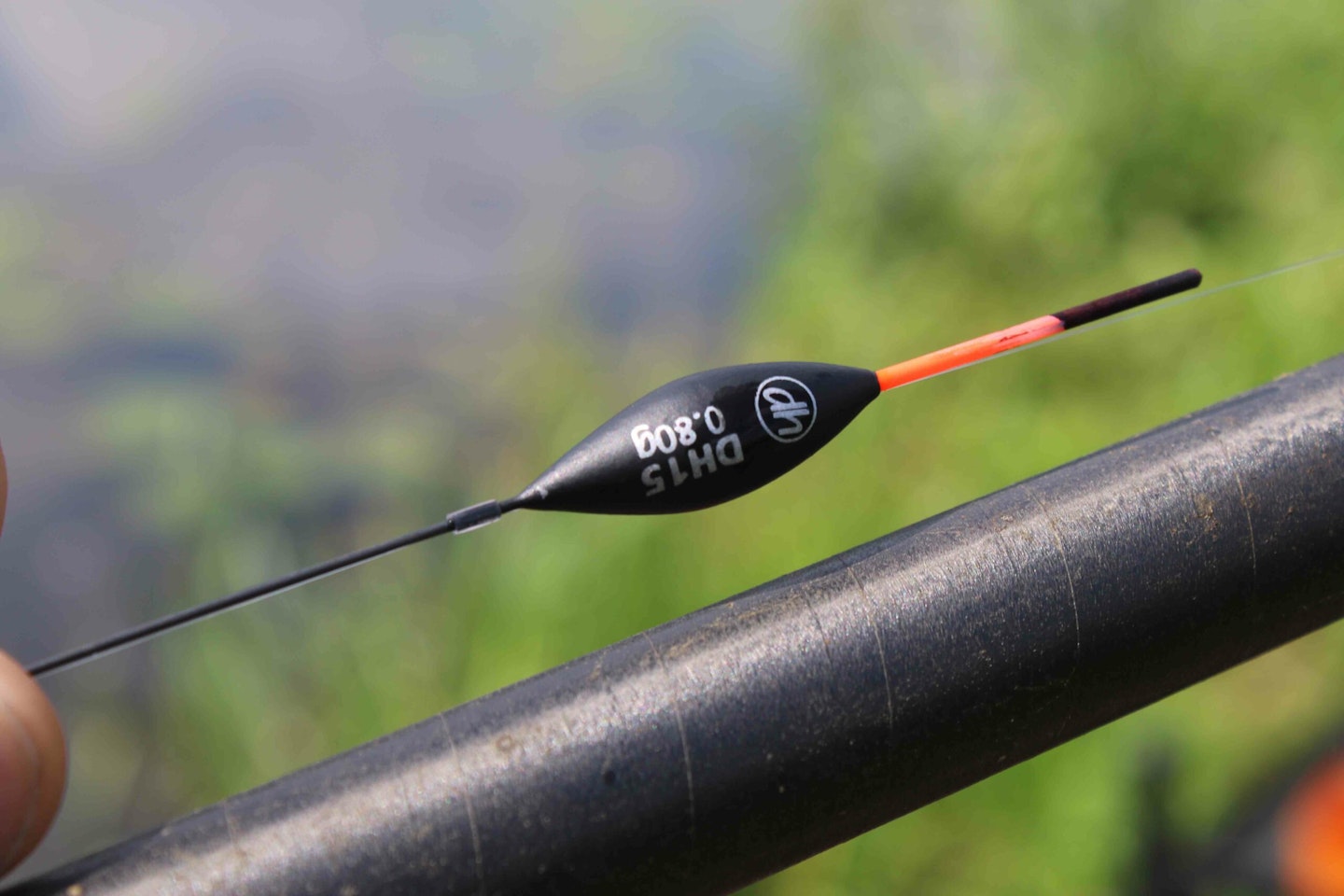
Switch baits to casters
After that opening run of perch, things will fade, and I never find that feeding more worm gets the fish back in the peg. Instead, I’ll loosefeed casters and fish two on the hook on the lighter rig. This also gives me the chance of catching other fish like roach, because they love them too.
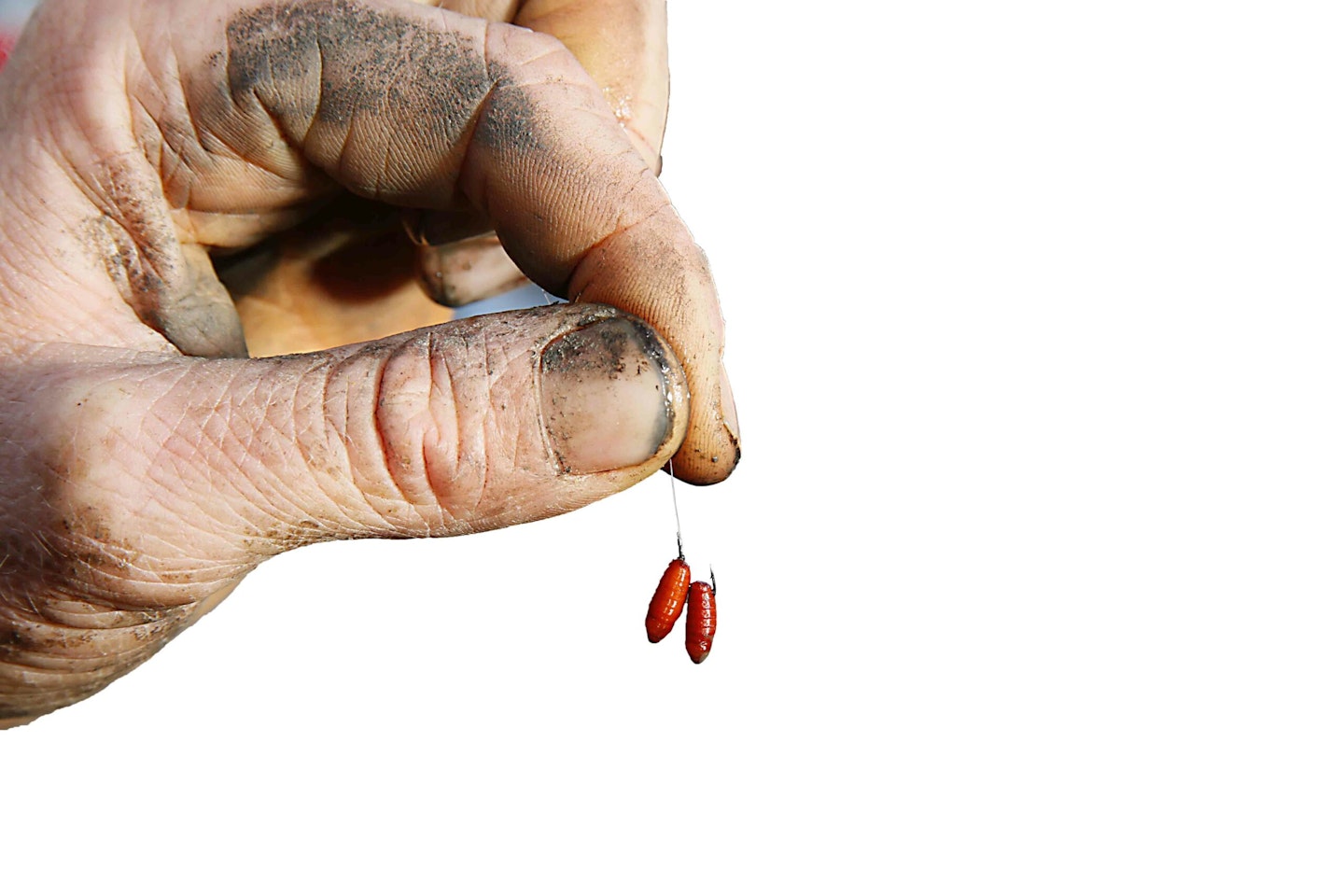
Get down the slope
My target area on a river will be at the bottom of the near slope in the main depth, but not too close to any lily pads or weed. This cover acts as a great natural holding area for perch, so we’re talking on most rivers around 5m or 6m out.
